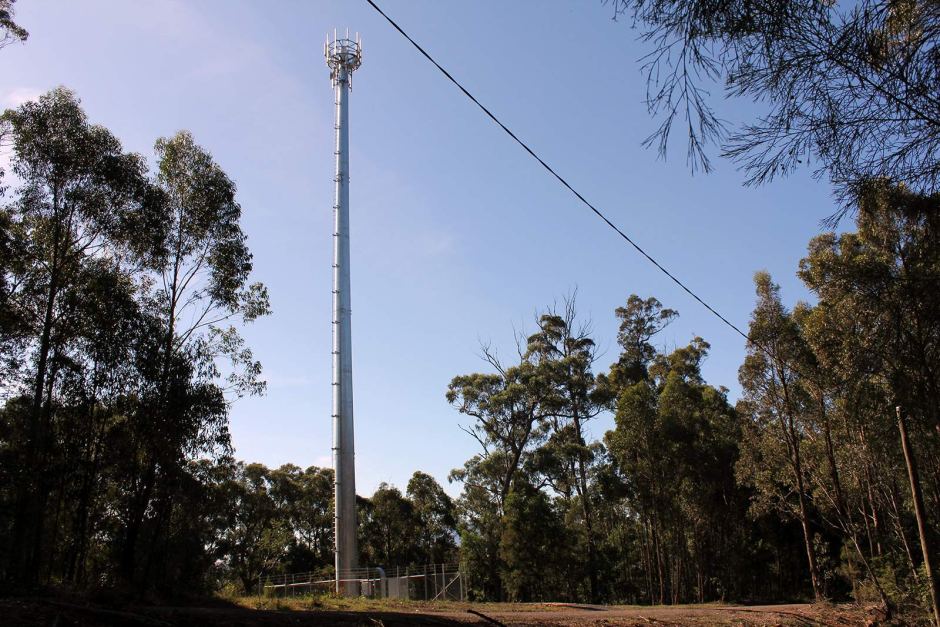Another week goes by, and more tales of the National Broadband Network emerge, and they’re usually not positives.
The decision made years ago to abandon the ideal plan of fibre to (almost) every premise and switch to a lesser multi-technology mix has had a range of consequences for the NBN and for its users, but today’s stories are definitely some of the weirdest.
NBN Fixed Wireless tower runs off a generator for two years, and still does

News emerged this week that a particular fixed wireless tower in Victoria has been running for more than two years powered by a diesel generator without a mains power connection.
At the time of writing, ITNews confirmed that the tower remained 100% off grid, powered by a solar/diesel hybrid setup implemented sometime 6-18 months ago.
The story is pretty incredible, and shows the length that NBN Co goes to in order to deliver broadband to all Australians. This particular tower, which burns through around 5400 litres of diesel every three months, serves a number of surrounding residences and needs to be refuelled by tanker every six months or so.
We understand that this is the only completely off-grid tower of its kind in the NBN network, and considering the amount of fuel it used to use, that’s a very good thing.
The newer solar/generator hybrid power source reportedly cut fuel consumption by around 50%, great news for the environment, by meeting much of the tower’s power requirements from the sun.
Blue Mountains residents have to turn their NBN gear off during storms
This is a story we’ve heard a few times now, and that is particular technologies used by the NBN are extremely susceptible to damage during heavy storms.
This week, the Sydney Morning Herald reported that residents in Sydney’s Blue Mountains region often rush home to unplug their NBN gear during storms to avoid it being damaged or destroyed.
Ausdroid understands that it is primarily Fibre to the Curb (FTTC) technology which is affected in this way, and we have some personal experience with this too. At my old place, we had FTTC, and twice the modem was impacted by thunderstorms – the first time it blew completely, and the second time performance was wonky for days.
The problem – which we experienced, and Blue Mountains residents also report – is that NBN’s FTTC modem will display a flashing red light and click frequently. We understand this is a failure of the modem and street-based equipment to power correctly, and the clicking noise is a relay in the NBN modem clicking as it tries repeatedly to power the street equipment.
FTTC technology is unique in NBN’s technology mix, in that it is people’s homes that provide power to the utility equipment in the street. It is also this electrical connection which frequently seems to lead to damage of NBN’s consumer-side equipment too.
We’ve heard from Whirlpool that HFC (Hybrid Fibre Coax) can be similarly susceptible to damage during storms, but it doesn’t seem to be as easily damaged as FTTC modems.
Users report all kinds of issues getting replacement FTTC modems from their NBN providers, often going without internet and phone services for days at a time.
For now, NBN’s advice is unfortunately as simple as it is inelegant – during storms, people are recommended to unplug their NBN network connection devices and leave them unplugged until lighting has passed.
Something rather difficult to do when you’re not at home.
Here’s hoping NBN will eventually replace all the non-Fibre based connections with fibre to the premises, something much more robust and delivering a better experience to all.




